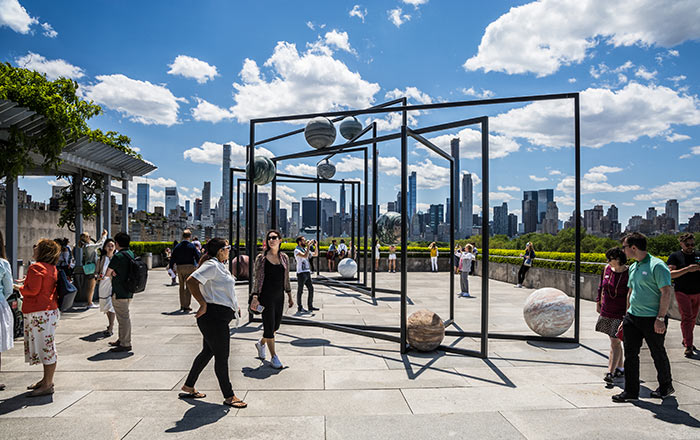Scheveningen Fisherman
Willem van den Berg Dutch
Not on view
Willem van den Berg was an influential figure in Dutch academic circles of the 1930s and 40s. He is best known today for his portraits of fisherfolk from the port towns of Scheveningen and Volendam. While this work is a portrait of a specific individual, the monumentality of the figure and pathos of his expression suggest that he also serves as a stand-in for a significant character in the Dutch cultural imaginary—the stoic, hardworking laborer extracting their livelihood directly from the sea or land. Created in the lead up to World War II, van den Berg’s portraits represent the longing for a return to a pre-industrial order, unthreatened by advances in modern technology and the accompanying social, cultural, and political changes they set in motion.
This image cannot be enlarged, viewed at full screen, or downloaded.

